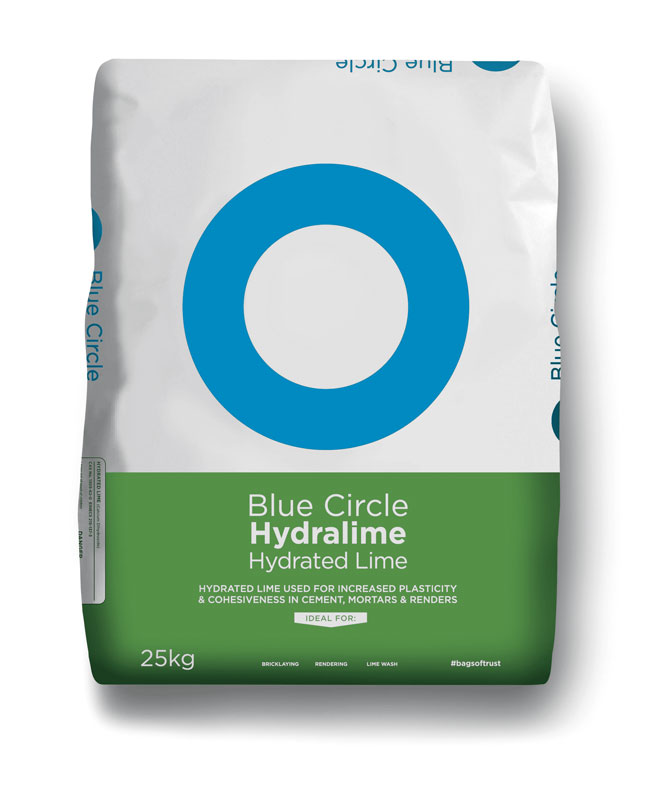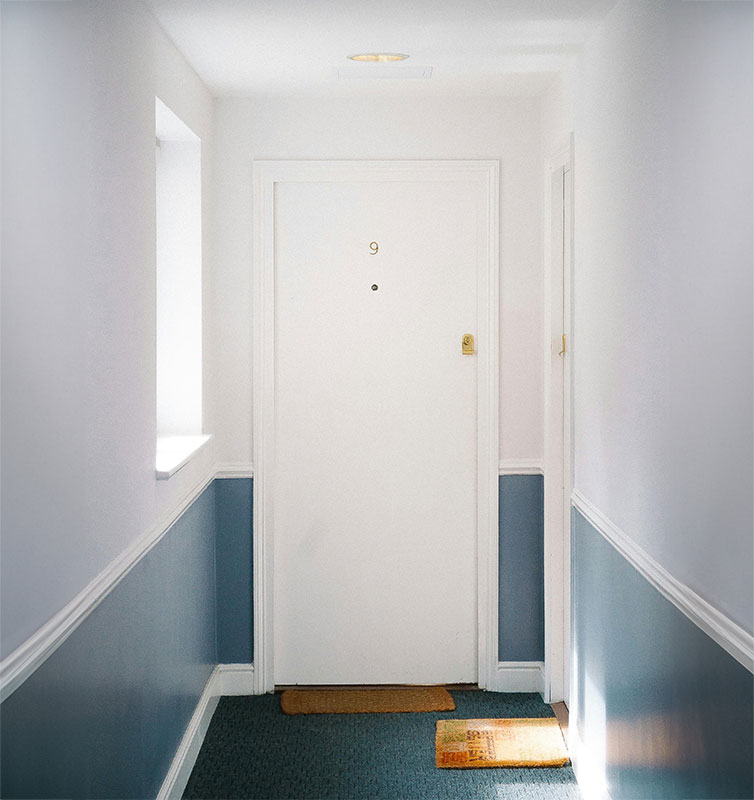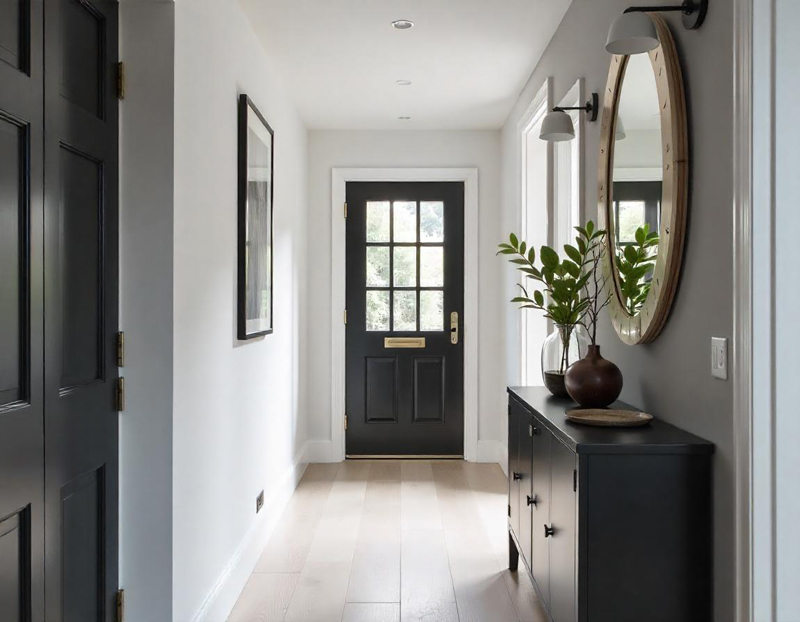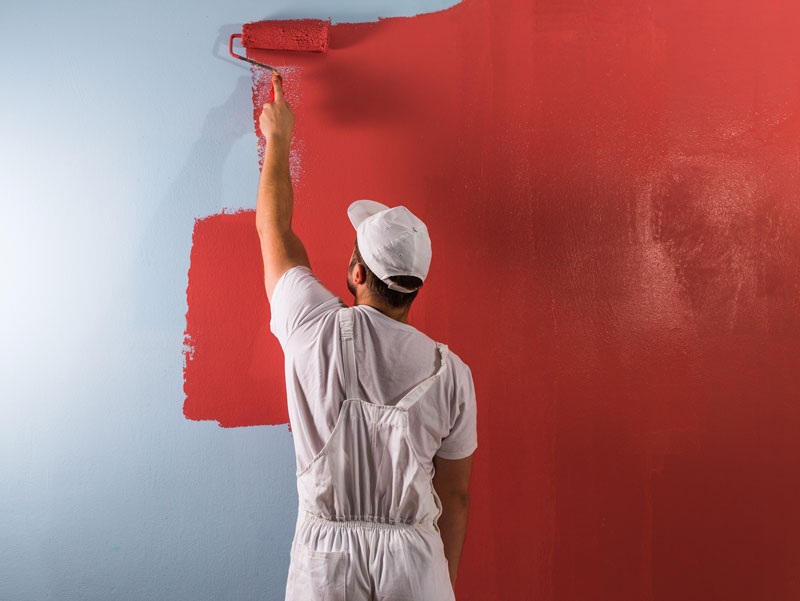What is Limewash? Everything You Need to Know About Limewash Paint for Your Home
If you're looking to refresh your home's interior or exterior with a natural, eco-friendly finish, limewash paint is an excellent option. However, what exactly is limewash, and why is it gaining popularity in the UK? We’ll dive into the details of limewashing, including benefits, how it's applied, and why it stands out from other paint. Whether you're searching for limewash walls, the limewash effect for your next project, or want to know where to buy limewash paint in the UK, we’ve got you covered.
What is Limewash?
Limewash is a traditional paint made from lime, which is derived from crushed limestone that has been burned and mixed with water to form lime putty. When applied, it creates a chalky, matte finish that’s breathable and adds texture to walls, creating a timeless and rustic look. Unlike modern paints, limewash paint is free of chemicals, making it a safe, eco-friendly option for interior and exterior walls.
Moreover, the lime in the paint reacts with carbon dioxide in the air, hardening into a durable, protective layer over time. This makes limewash ideal for historic homes and buildings, it allows walls to “breathe,” preventing moisture build-up and dampness.
Limewashing: How It Works
Limewashing is a simple yet transformative process. It involves applying multiple coats of limewash paint, which is absorbed into porous surfaces like brick, stone, or plaster. As a result, the outcome is a soft, natural look that develops character as it weathers.
When applying limewash wall paint, each coat penetrates the surface and bonds with it, rather than just sitting on top like modern acrylic paints. This means that limewash walls won’t peel or flake off over time, but they can weather beautifully, making them perfect for outdoor use as well.
How to Make Limewash Paint
If you’re interested in making your own limewash paint, it’s a straightforward process that you can do at home. To begin, follow these steps to create traditional limewash:
Ingredients:
- Hydrated lime (also known as builders' lime or garden lime, not quicklime)
- Water
- Optional: Pigments for colour (earth pigments work well)
- Optional: Alum Salts (when using pigments)
Step-by-Step Instructions:
1. Prepare the Lime Putty: Start by mixing hydrated lime with water. You’ll need to create a lime putty by slowly adding water to the lime, stirring continuously until it forms a thick, creamy consistency. A 1:1 ratio (by volume) of hydrated lime to water is a good starting point. Afterward, leave the putty to “mature” for at least 24 hours, but ideally for a few days, as this helps to strengthen the lime.
2. Thin the Putty to Make Limewash: Once your lime putty is ready, you can dilute it with water to achieve the desired paint consistency. Limewash should be fairly watery, with the consistency of milk. You can thin the putty with about 1 part putty to 4 parts water. The more water you add, the more transparent your limewash will be.
3. Add Pigment (Optional): If you want coloured limewash, now is the time to add pigments. Earth pigments, such as ochres or natural oxides, work best because they mix well with the lime. Add pigment slowly, stirring well to ensure the colour is even. Be cautious not to add too much pigment, as this can affect the breathability of the paint. Alum Salts help the colour pigment to bind with the wash. Use 1kg per 10kg of lime putty.
4. Stir Well: Make sure to stir the limewash thoroughly to avoid lumps or uneven colour distribution. Lime particles can settle at the bottom, so keep stirring periodically while applying.
5. Apply the Limewash: Using a wide brush or a masonry brush, apply the limewash to your wall. You’ll likely need multiple coats, and it’s important to allow each coat to fully dry before applying the next. Limewash dries quickly, and you’ll see a difference in texture and colour as it cures.
6. Reapply as Needed: Limewash can wear away over time, particularly on exterior surfaces. Simply reapply every few years to maintain the look.
This DIY method allows you to achieve a beautiful, traditional finish, whether you’re working on interior walls or exterior surfaces.
Benefits of Limewash Paint
1. Eco-Friendly: Limewash paint is made from natural ingredients, free from toxic chemicals and VOCs (volatile organic compounds), making it an environmentally conscious choice.2. Breathability: One of limewash’s biggest advantages is its breathability. This makes it ideal for older buildings where moisture regulation is essential.
3. Unique Aesthetic: Limewash offers a soft, chalky finish that creates a limewash effect with subtle texture and depth. The more it ages, the more character it gains.
4. Antibacterial: Lime has natural antibacterial properties, which helps prevent the growth of mould and mildew.
5. Low Maintenance: Although limewash may fade or wear over time, it’s easy to refresh by simply applying another coat.
Limewash Paint for Interiors and Exteriors
In the UK, limewash paint is often used on brick or stone exteriors, but it’s becoming increasingly popular for interior walls. It works particularly well in spaces where you want to create a calming, natural atmosphere, such as living rooms, bedrooms, and bathrooms. The subtle, earthy tones of limewash paint help create a limewash effect that is both modern and timeless.
Where to Buy Limewash Paint in the UK
You can find limewash paints from many suppliers across the UK. Some popular brands, like Farrow and Ball, Bauwerk Colour, Little Greene offer limewash paint in a range of beautiful colours. These brands make it easy to achieve the signature limewash look while ensuring high quality and durability. If you’re wondering where to buy limewash paint, check local hardware stores, paint specialists, or purchase directly from trusted brands online.
How to Create the Limewash Effect
Creating the limewash effect on walls is all about building texture. Here’s a step-by-step guide for DIYers:
1. Prepare the Surface: Limewash works best on porous surfaces. If you’re working on painted walls, you may need to prime them first.
2. Mix the Paint: You often need to dilute Limewash paint with water to achieve the right consistency. The more water you add, the more translucent the finish will be.
3. Apply in Layers: Limewash is typically applied in several thin coats. The first coat may look patchy, but as you build up layers, you’ll achieve that soft, weathered look that limewash is famous for.
4. Allow it to Dry: Limewash continues to cure over time, so expect the finish to change slightly as it hardens.
Where and When to Use Limewash Paint
Limewash paint is incredibly versatile and can be used in various settings to achieve different looks, whether you’re working on a historic restoration or a modern design project. Here are some of the best places and scenarios where limewash paint shines:
Where to Use Limewash Paint
- Exterior Brick and Stone Walls
Limewash paint is ideal for exterior walls, especially those made of porous materials like brick or stone. The breathable nature of limewash allows moisture to escape from the walls, preventing dampness and damage that can occur when moisture is trapped beneath the surface. Moreover, Limewash also offers a beautiful, weathered look that enhances the natural texture of brick or stone, making it perfect for historic buildings, country homes, or creating a rustic feel in urban areas. - Interior Walls
Use limewash to create a limewash effect on interior walls, adding depth and character to rooms. It’s particularly effective in spaces where you want to create a calm, natural atmosphere, such as living rooms, bedrooms, or dining areas. The matte finish of limewash wall paint offers a soft, chalky appearance that contrasts beautifully with both contemporary and traditional decor styles. - Feature Walls
If you’re not ready to commit to limewashing an entire room or exterior, consider using limewash as an accent on a feature wall. The texture and variation in colour make limewash paint an excellent choice for highlighting architectural details like fireplaces, alcoves, or exposed brick. - Bathrooms
Limewash’s natural properties make it suitable for use in high-humidity areas like bathrooms. Its ability to absorb and release moisture can help prevent mildew and mould, especially in spaces with good ventilation. In addition, limewash paint is a stylish alternative to tiles in wet areas, but be aware that it will need periodic maintenance in moisture-heavy environments. - Historic and Period Properties
For those restoring or maintaining historic properties, limewash is often the best choice. It’s been used for centuries on buildings across Europe and helps preserve the integrity of older structures by allowing walls to breathe. Modern paints can trap moisture and cause damage over time, making limewash a preferred option for homes with plaster or stone walls that need to regulate moisture.
When to Use Limewash Paint
- For a Natural, Earthy Aesthetic
If you're aiming for a natural or rustic look in your home, limewash paint is an excellent choice. Its ability to soften walls with its chalky texture gives spaces a laid-back, organic feel. Use it when you want your decor to reflect the natural beauty of the materials underneath, particularly in minimalist or Scandinavian-inspired interiors. - When Breathability is Key
Limewash paint is especially useful in homes that require breathable walls. If you live in a period property or a home with older brick or plaster, limewash helps maintain the structural health of the building by allowing moisture to escape. This is important for avoiding issues like rising damp, which can be exacerbated by non-breathable modern paints. - To Achieve a Weathered, Patina Look
If you're seeking a look that will naturally age and develop character over time, limewash is perfect. As the limewash weathers, it gradually changes, adding layers of texture and a patina that can’t be replicated with synthetic paints. This effect is particularly striking on exteriors and outdoor surfaces, where the elements help bring out the best of limewash’s natural beauty. - For an Eco-Friendly Option
Use limewash paint when sustainability is a priority. Made from natural ingredients, limewash is free from synthetic chemicals and harmful VOCs (volatile organic compounds), making it a safer, greener choice for your home and the environment. - For Quick and Easy Maintenance
Limewash is a great choice for projects where you want a finish that can be easily refreshed over time. It’s easy to reapply, and because it bonds directly with porous surfaces, you won’t need to worry about peeling or chipping. If you need to update your exterior walls every few years or touch up interior walls, limewash is a hassle-free option.
Conclusion
Limewash paint is a fantastic choice for anyone looking to add a touch of rustic elegance to their home while using an eco-friendly product. Its versatility means it works beautifully on both limewash walls and exteriors, creating a timeless look that improves with age. Whether you’re a DIY enthusiast or looking to hire professional painters in London, understanding the ins and outs of limewashing can help you achieve the perfect finish for your home.
At MJ Kloss, our painters and decorators specialises in applying limewash paint across London, from contemporary homes to period properties. If you're considering limewashing for your next project, get in touch with us today to find out how we can help bring your vision to life.
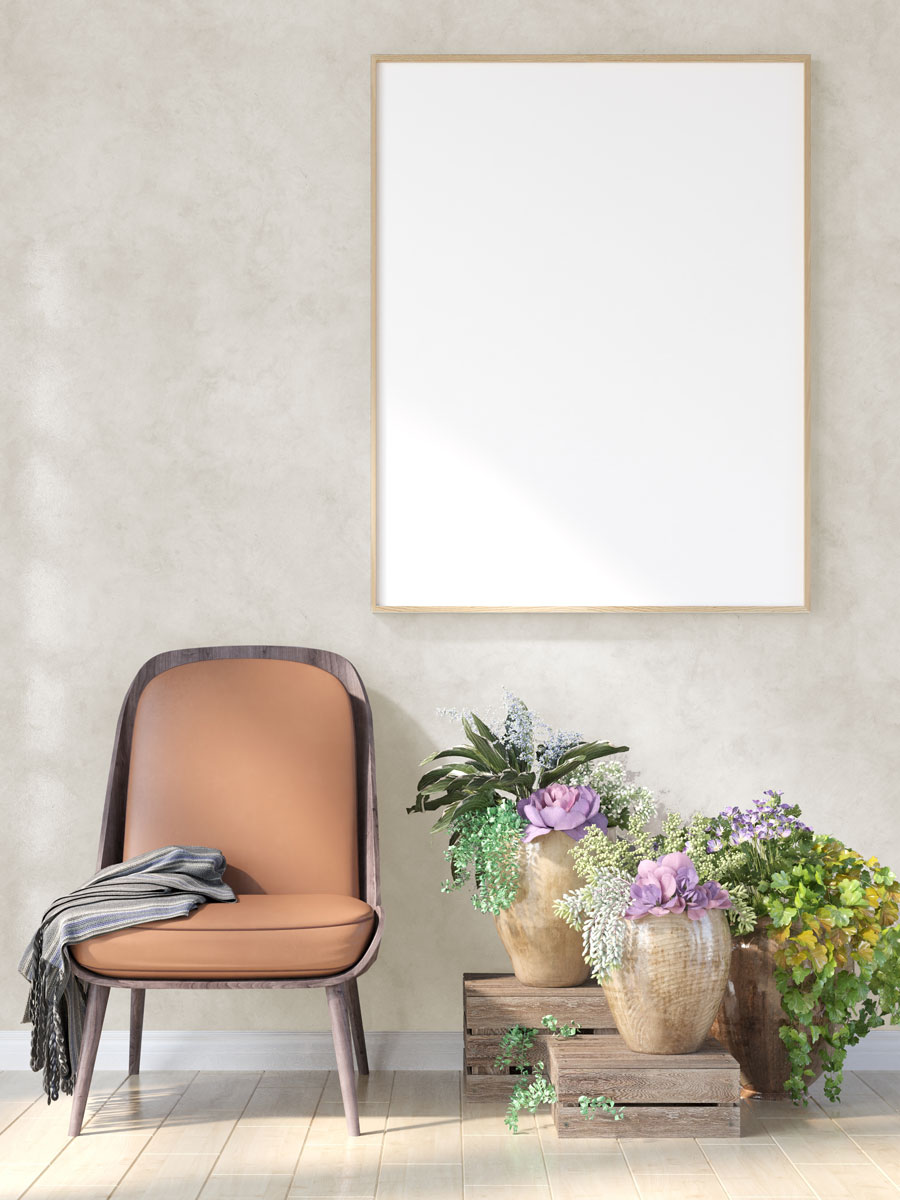
FOR PAINTING & DECORATING SERVICES, PLEASE CALL OUR FRIENDLY TEAM ON 020 8949 2553





